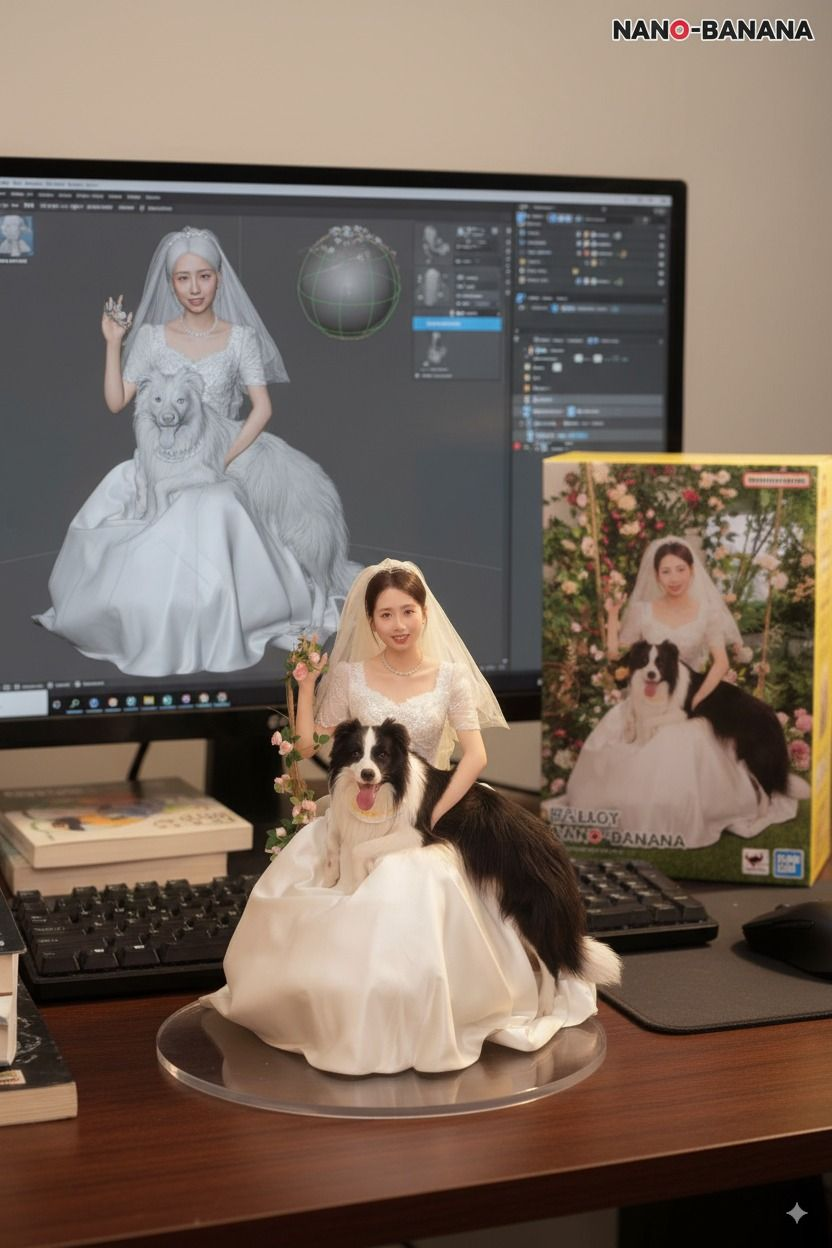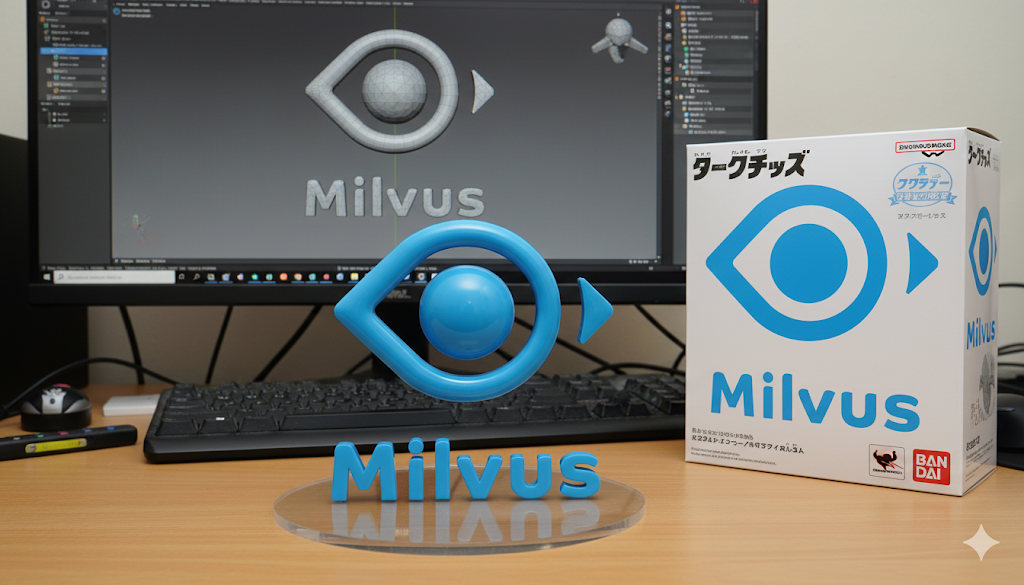The most important principle when writing prompts for Nano Banana is clarity and specificity. Unlike traditional editing tools where you manually adjust sliders and layers, here you’re relying on text instructions to guide the model. A vague prompt like “make it better” often produces unpredictable results. Instead, describe the edit in concrete terms: “replace the background with a white studio backdrop,” “brighten the lighting and increase contrast,” or “change the red jacket to a black leather jacket.” Specific wording helps the model understand exactly what you want, while also reducing the need for multiple retries.
A second best practice is to preserve likeness and consistency. Since Nano Banana is designed to keep people, pets, and objects looking the same across edits, add phrases like “preserve facial features,” “maintain proportions,” or “keep the logo unchanged.” This is especially useful when making a sequence of edits, such as trying new outfits, adding props, or changing hairstyles. If you’re editing in multiple turns, feed the edited image back into Gemini and refine it step by step: first adjust lighting, then add furniture, then apply stylistic changes. This multi-turn approach ensures that the model focuses on one change at a time instead of trying to juggle everything at once.
Finally, take advantage of style transfer and compositional prompts for creative use cases. If you want a design element from one image applied to another, spell it out clearly: “apply the texture of flower petals to the boots” or “use the butterfly wing pattern for the dress.” For blending multiple images, name both sources: “combine my portrait with my dog on a basketball court.” When requesting artistic transformations, include the desired medium or style — “in watercolor,” “as a Pixar-style animation,” or “in cyberpunk neon lighting.” The more context you give about style, tone, or atmosphere, the closer the result will be to your vision.
The popular prompt is like below:
“Use the Nano Banana model to create a 1/7 scale commercialized figure of the character in the illustration, in a realistic style and environment. Place the figure on a computer desk, using a circular transparent acrylic base without any text. On the computer screen, display the ZBrush modeling process of the figure. Next to the screen, place a Bandai-style toy packaging box printed with the original artwork.”
The results are like this:


Production use cases
Teams are already applying Nano Banana in production. A mobile entertainment platform is testing avatar dress-up features where players upload photos and instantly try on in-game accessories. E-commerce brands are using a “shoot once, reuse forever” approach, capturing a single base model image and generating outfit or hairstyle variations instead of running multiple studio shoots.
To make this work at scale, generation needs retrieval. Without it, the model can’t reliably find the right outfits or props from huge media libraries. That’s why many companies pair Nano Banana with Milvus, an open-source vector database that can search billions of images and embeddings. Together, they form a practical multimodal RAG pipeline—search first, then generate.
👉 Read the full tutorial on Nano Banana + Milvus